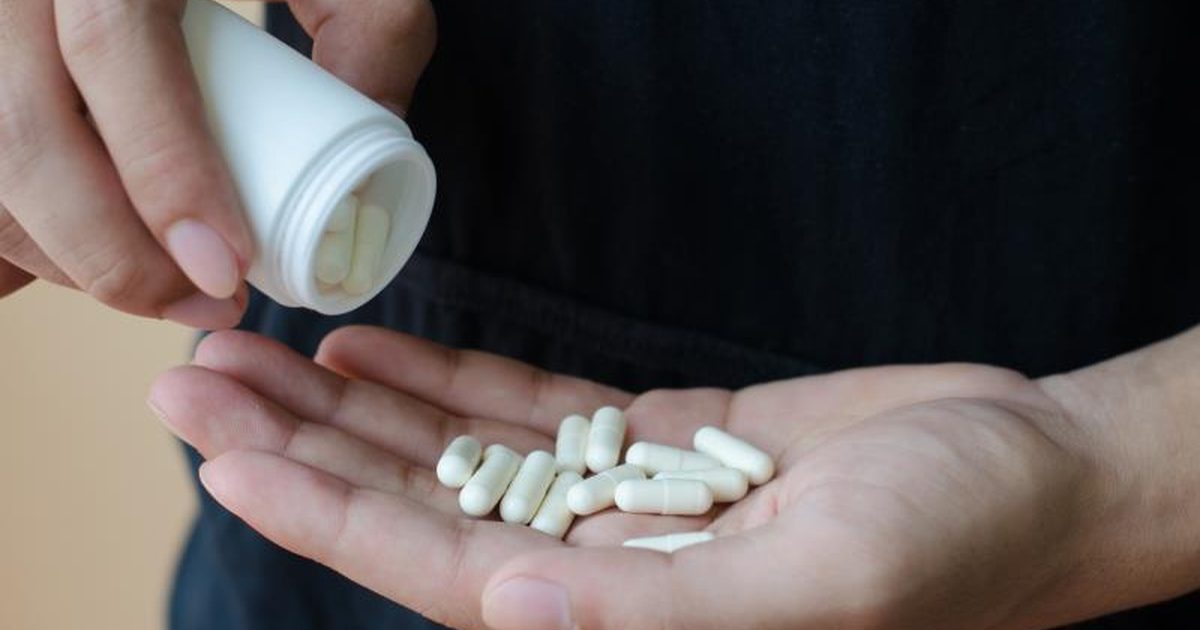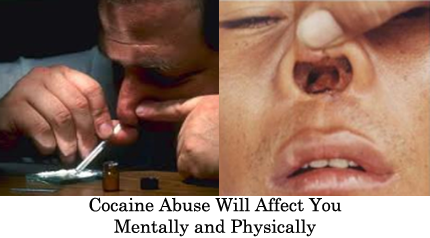Dabble addiction diagnosis of drug abuse

Dabble addiction diagnosis of drug abuse can only be treated professionally
Dabble addiction diagnosis of drug abuse: Mental disorder and Co-occurring complications
Drug addiction is not by any standard good for anyone’s health. People who have recovered from this scourge will attest to that. Even though this condition is treatable patients are always in denial of what they are going through. This is the biggest challenges that must first be dealt with before any meaningful treatment can be administered. For sure without acknowledgment of the problem and willful acceptance, there is very little that any professional will do to help. That is why we put more emphasis about dabble addiction diagnosis also known as the dual diagnosis of substance abuse and mental health so that patients can the need for treatment. Speaking to the experts at AWAREmed Health and Wellness Resource Center under the leadership of doctor Dalal Akoury MD patient’s needs to understand that substance abuse problems and mental health issues don’t get better when they’re ignored.
And to be honest, any time wasted will cause much problem when treatment finally begins, in other words when dealing with matters addiction treatment should be immediate to rid of any possibilities of worsening the situation which is already frustrating. While appreciating that you may not want to be associated with drug addiction hence your reason for denial, surely you don’t have to feel this way. It is important to note that admitting you have a problem is the first step towards conquering your demons and enjoying life again. The following will help you come to terms with the problem at hand:
Dabble addiction diagnosis of drug abuse: Family history
If people in your family lineage have grappled with either a mental disorder such as depression or alcohol abuse or drug addiction, you have a higher risk of developing these problems yourself. Meaning if this is true then you are not the first it had to happen before.
Your sensitivity to alcohol or drugs: Are you highly sensitive to the effects of alcohol or drugs? Have you noticed a relationship between your substance use and your mental health? For example, do you get depressed when you drink? Interrogate that further.
Look at symptoms when you’re sober: While some depression or anxiety is normal after you’ve stopped drinking or doing drugs if the symptoms persist after you’ve achieved sobriety, you may be dealing with a mental health problem.
Dabble addiction diagnosis of drug abuse: Review treatment history
Finally, have you been treated before for either your addiction or your mental health problem? Did the substance abuse treatment fail because of complications from your mental health issue or vice versa? These will be very helpful to you in realizing that the problem you have is just like any other problem and treatment must be sought for immediately. Once you have noticed these then the next step is letting the professionals do their part by administering treatment so that the problem doesn’t escalate to some other complications. And for that reason, you may want to consider scheduling an appointment with doctor Akoury for the commencement of your recovery process today.
Dabble addiction diagnosis of drug abuse: Mental disorder and Co-occurring complications









